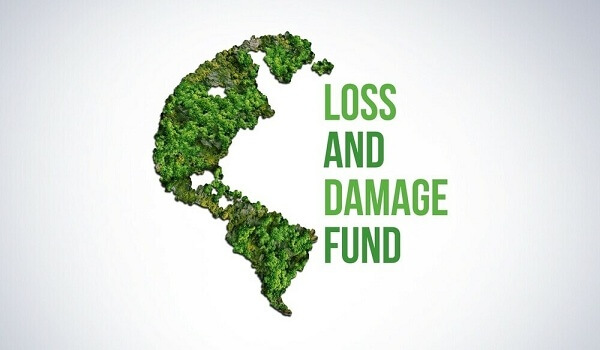The urgency to tackle the climate crisis has never been clearer than it is now. Faced with the increasing impacts of climate change, the international community has focused on two key aspects: First, adaptation: ‘Loss and Damage Fund’ (L&D). Adaptation involves proactive responses to climate change, enabling communities and countries to prepare for and respond to climate-related challenges. On the other hand, L&D covers the irreversible consequences of climate change, including economic losses, human casualties and environmental degradation.
Establishment of Loss and Damage Fund (L&D Fund)
- Calls for rich countries to accept historical responsibility for climate change go back more than three decades. At the 19th Conference of the Parties (COP 19) to the United Nations Convention on Climate Change (UNFCCC) in 2013, member states agreed to establish an L&D Fund. The objective of this fund was to provide financial and technical assistance to economically developing countries facing loss and damage due to climate change.
- Despite initial agreements, subsequent COP meetings faced challenges in making the Fund functional, leading to a series of negotiations and discussions.
Loss and Damage Fund
- The ‘Loss and Damage’ (L&D) fund is a financial mechanism designed to address the irreversible consequences of climate change that cannot be avoided or mitigated through adaptation efforts.
- Adaptation is the proactive response to climate change, the art of survival using which communities and countries make deliberate choices to prepare for and cope with climate-related challenges.
- This fund recognizes and aims to compensate for the real losses incurred by communities, countries, and ecosystems due to the impacts of climate change.
- These losses extend beyond monetary value and cut to the core of human rights, well-being, and environmental sustainability.
Genesis and Evolution of the L&D Fund
Historical Accountability and Inception
- Over 30 years, there has been a persistent call for affluent nations to acknowledge their role in historic pollution, which has elevated the world’s average surface temperature by more than 1 degree Celsius.
- This historic pollution is currently causing significant damage worldwide, especially in the poorest nations.
COP 19 (2013)
- The formal agreement at the 19th Conference of the Parties (COP 19) to the United Nations Framework Convention on Climate Change (UNFCCC) in Warsaw, Poland, in 2013, led to the establishment of the L&D fund.
- This fund was specifically created to provide financial and technical assistance to economically developing nations that were incurring Loss and Damage due to climate change.
Subsequent Developments and Challenges
COP 25
- Following COP 19, the Santiago Network for L&D was established at COP 25. However, at this point, countries did not commit any funds to support the initiative.
COP 26
- 2021 COP26 climate summit in Glasgow, aimed to continue discussions over the next three years regarding the operationalization of the fund.
COP 27 (November 2022)
- After intense negotiations at COP 27, representatives of the UNFCCC’s member states agreed to set up the L&D fund. Additionally, a Transitional Committee (TC) was established to figure out how the new funding mechanisms under the fund would operate.
- The TC was tasked with preparing recommendations for countries to consider, deliberate on, and potentially adopt by COP 28.
Stalemate at TC4 and TC5
TC4 Meeting
- The fourth meeting of the TC4 concluded with no clear consensus on operationalizing the L&D fund.
- The key points of contention included the hosting of the fund at the World Bank, the foundational principle of common but differentiated responsibilities (CBDR), issues related to climate reparations, and the eligibility of all developing nations for the funds.
TC5 Meeting
- Recommendations from TC5 have been drafted and forwarded to COP 28.

